8 Easy To Forget Essentials You Need On Your Next Backpacking Trip
Share
Backpacking is one of the most freeing experiences a person can have. Filling a pack, swinging it over your shoulders, and using your own two legs to take you where you need to go is beyond liberating.
It’s easy to be consumed by the stuff we think we need, but only serves to clutter up our lives. My closet is full of clothes that I need to donate, several pairs of shoes I forgot I even owned, and little gadgets to make my life more convenient. Unfortunately, all this extra stuff is just dead weight; it keeps you from being mobile.
This is exactly why I go backpacking.
Backpacking forces you to choose between what’s important, and what will ultimately slow you down. Anyone who’s gone backpacking before knows that major difference between their first and second time out; the first time is always a learning experience. There’s not only an art to packing your bag, there’s an art to packing the right gear. Even the deepest bag has a limit and it’s not as difficult as you think to reach. That being said, filling your bag shouldn’t be your goal.
After my first backpacking excursion, I learned what was absolutely essential for having a good time. Although these items can vary from person to person, I’ve tried to create a list for both seasoned packers and first timers.
If you’re looking to go on your first trip ever or you’re first trip of the season, take a look at the list I never leave without consulting. If you're going to make it a longer-term adventure, check out what I learned living out of my car.
1. headlamp
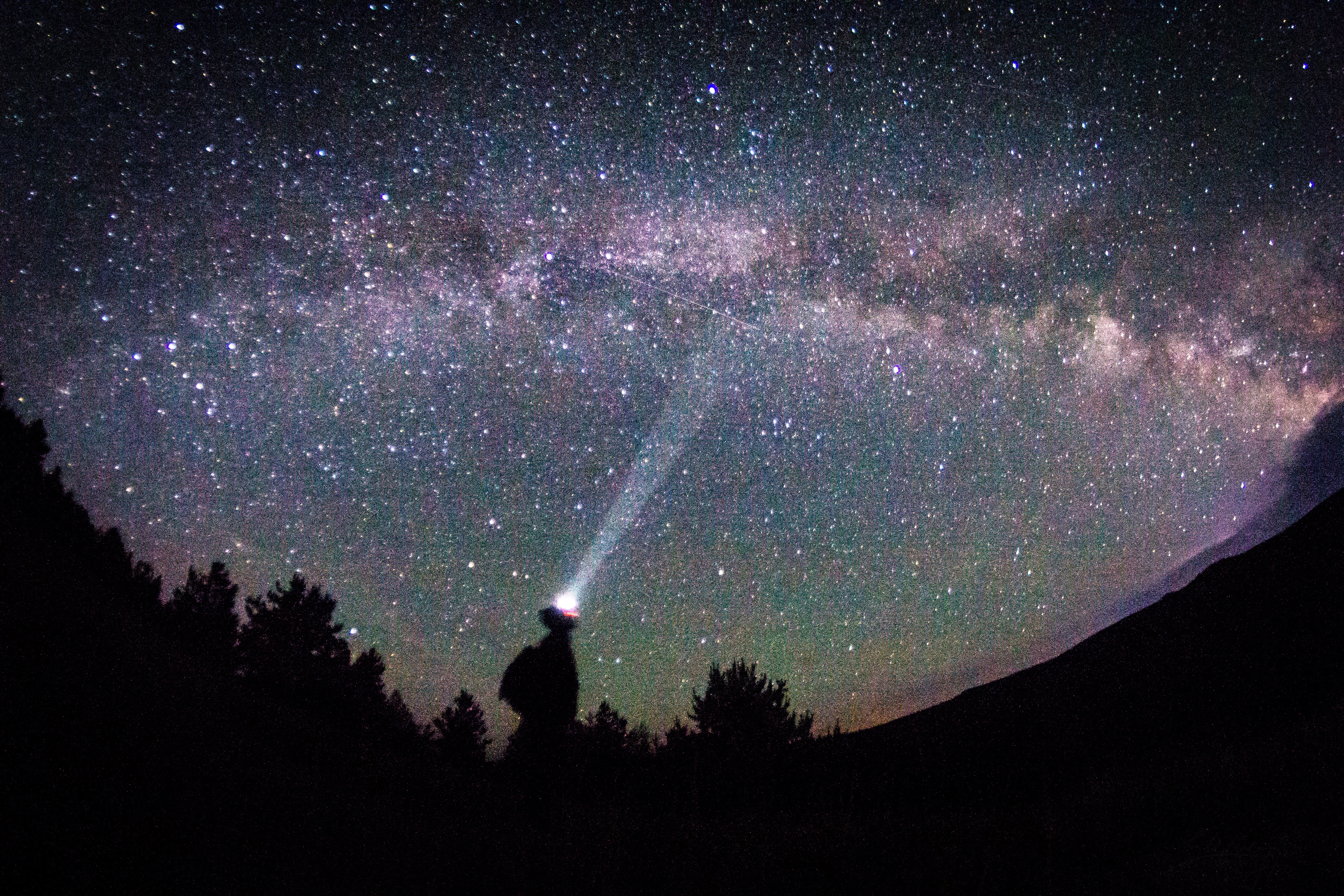
This is a must, and I really can’t stress that enough. When you go backpacking, even if you’ve agonized over your mileage each day, some things just don’t go as planned. It’s easy for something to slow you down and force you to set up camp in the dark.
Although no one should be planning on sustaining an injury, they’re common while on the trail and they can definitely slow your pace. Take a headlamp, make sure it’s charged or that you have batteries, and keep yourself from stressing in the dark.
2. knife
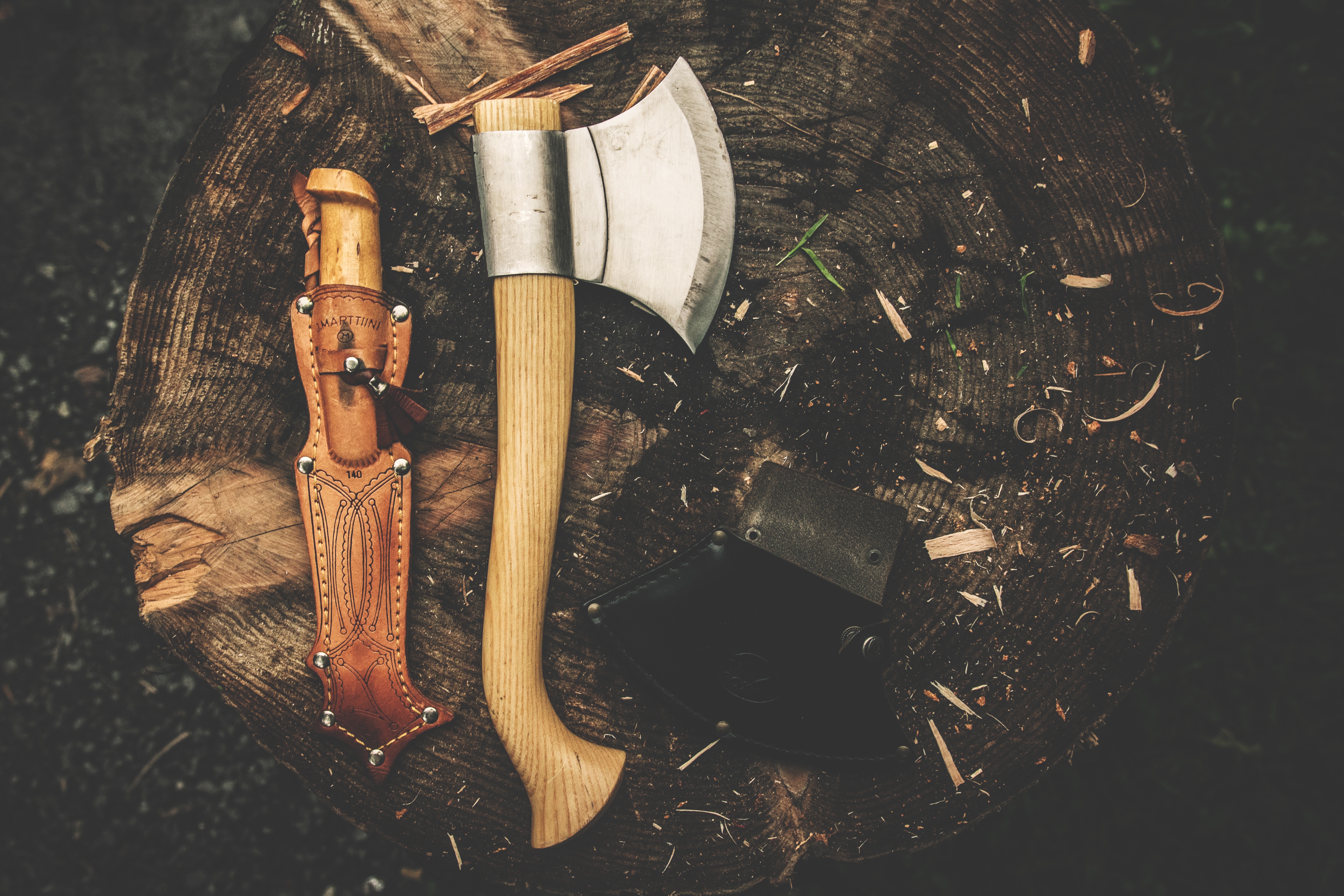
This tool is on every survivalist’s list of things to have when in an emergency situation, but you don’t need to be in an emergency to see the benefits. If you have a sharp knife and know how to use it, it can mean all the difference when it comes to your comfort.
I have a 6 inch Buck knife that I take every time I go backpacking or camping, and I usually gather fire wood faster than any of my partners. I can also use it to cut food, split gathered fire wood, and heat it to cauterize an inconvenient, bleeding wound (yes, I’ve really done this). If you do find yourself in an emergency situation, making and setting traps for food will take half the time with a knife.
3. water filtration
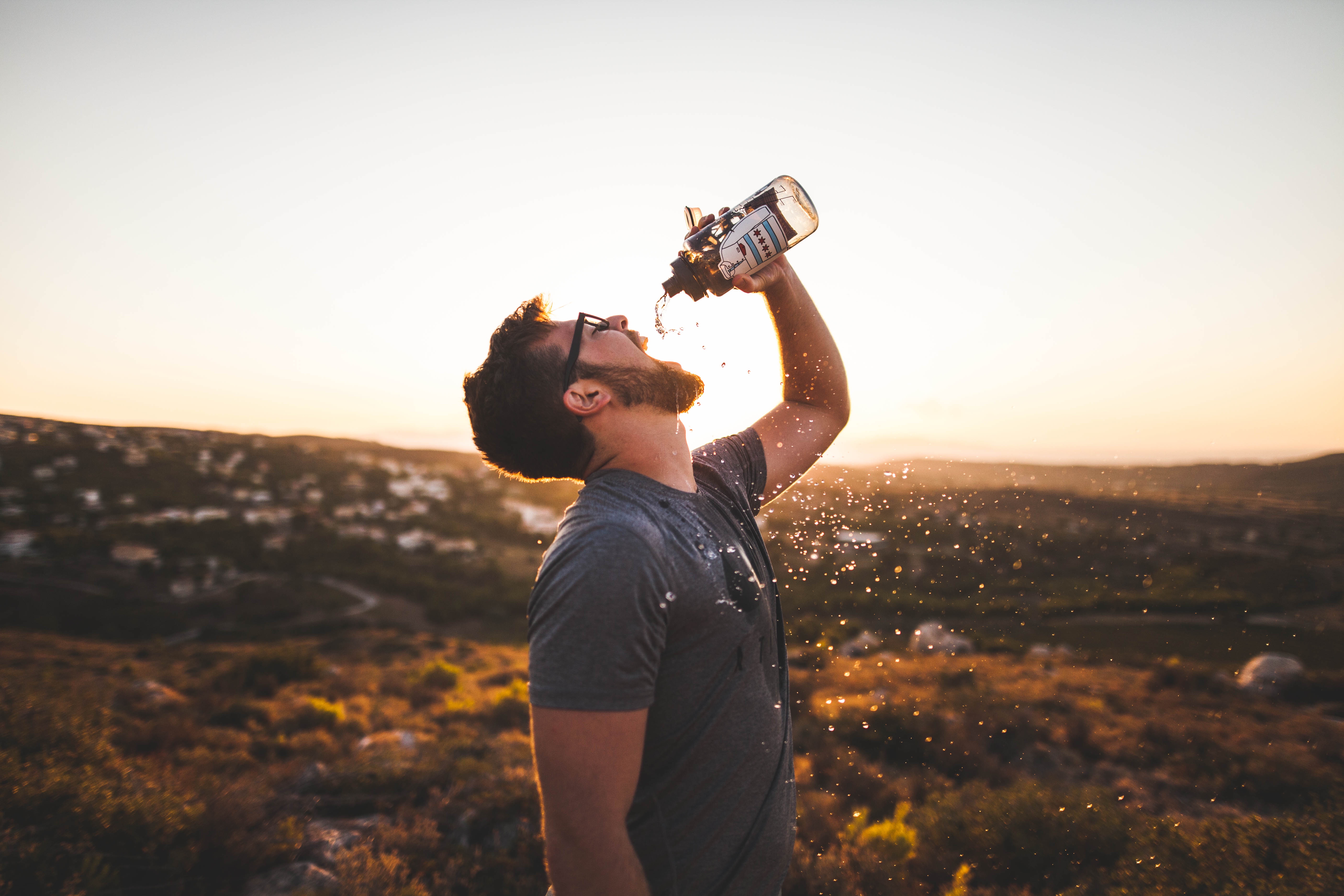
There are plenty of options where this is concerned. For a long time, I was a fan of simple iodine tablets. They’re easy to carry, very lightweight, and like all water filtration techniques, they keep you from getting sick.
Currently, I’m using a straw filtration system that allows you to drink straight from streams or filter water into your bottle or pack bladder. It’s also extremely lightweight, doesn’t take up too much space, and it’s good for thousands of uses. It also doesn’t give the water that weird taste iodine seems to cause. It goes without saying that having plenty of water is a must.
4. lighter
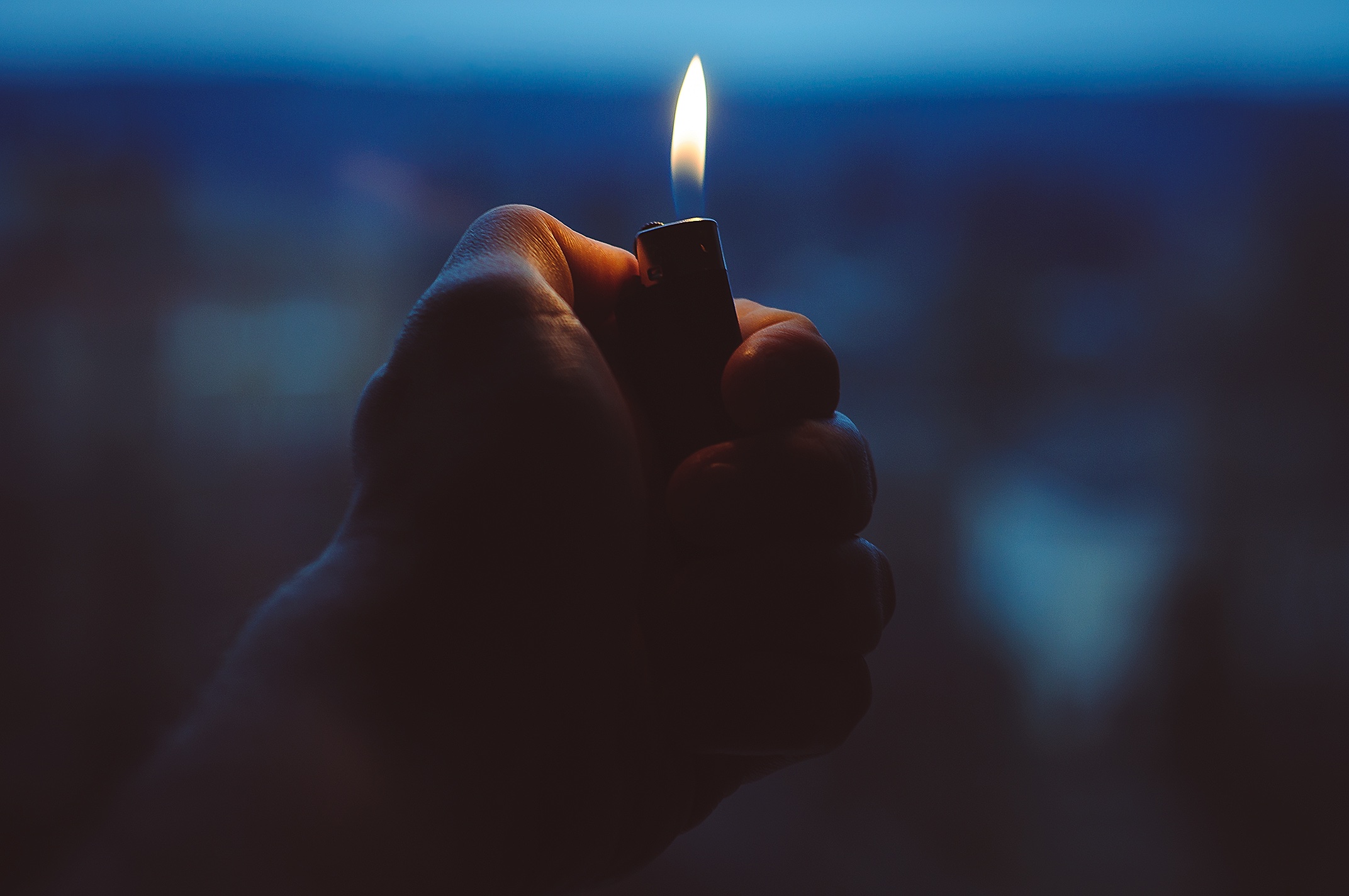
Although you can make a fire several different ways, a lighter is definitely the easiest. I’d suggest picking one up as you make your way to the trailhead, that way you know you have plenty of fluid for however long you’ll be on the trail. In addition to a lighter, take something lightweight to help you actually get the fire going. I always take dryer lint; it’s really lightweight, really flammable, and it packs down really well.
5. rain cover
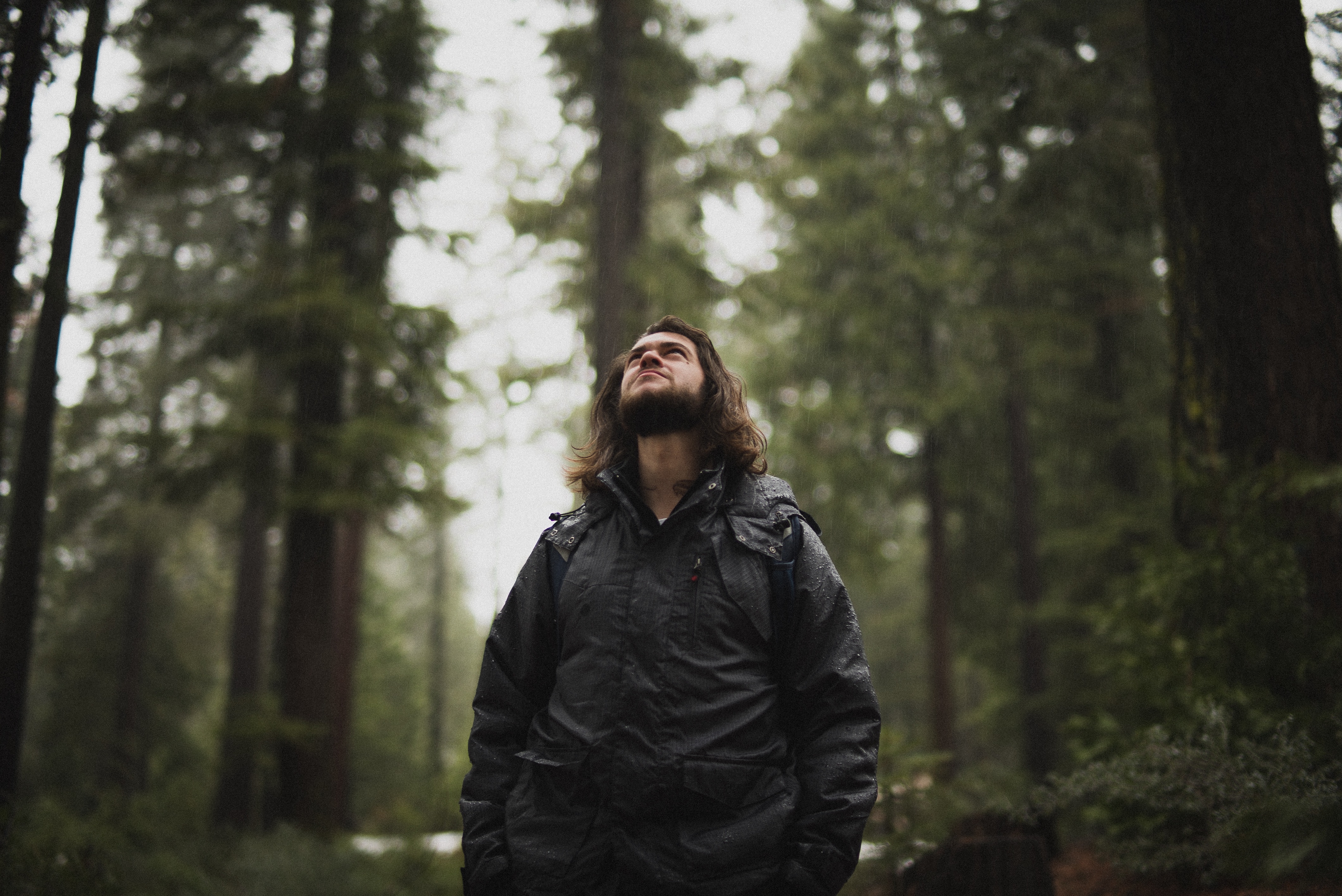
Depending on where you’re backpacking, having a rain cover could be pretty important. Most packs aren’t waterproof, which means if there’s a lot of rain, whatever’s in your bag is going to get soaked. Luckily, most pack companies make a slip cover you can bring with you in case of storms. They fold up well and take up almost no space at all. If you plan on bringing anything electronic with you, especially a compass or headlamp, it’s worth having.
6. campsite shoes
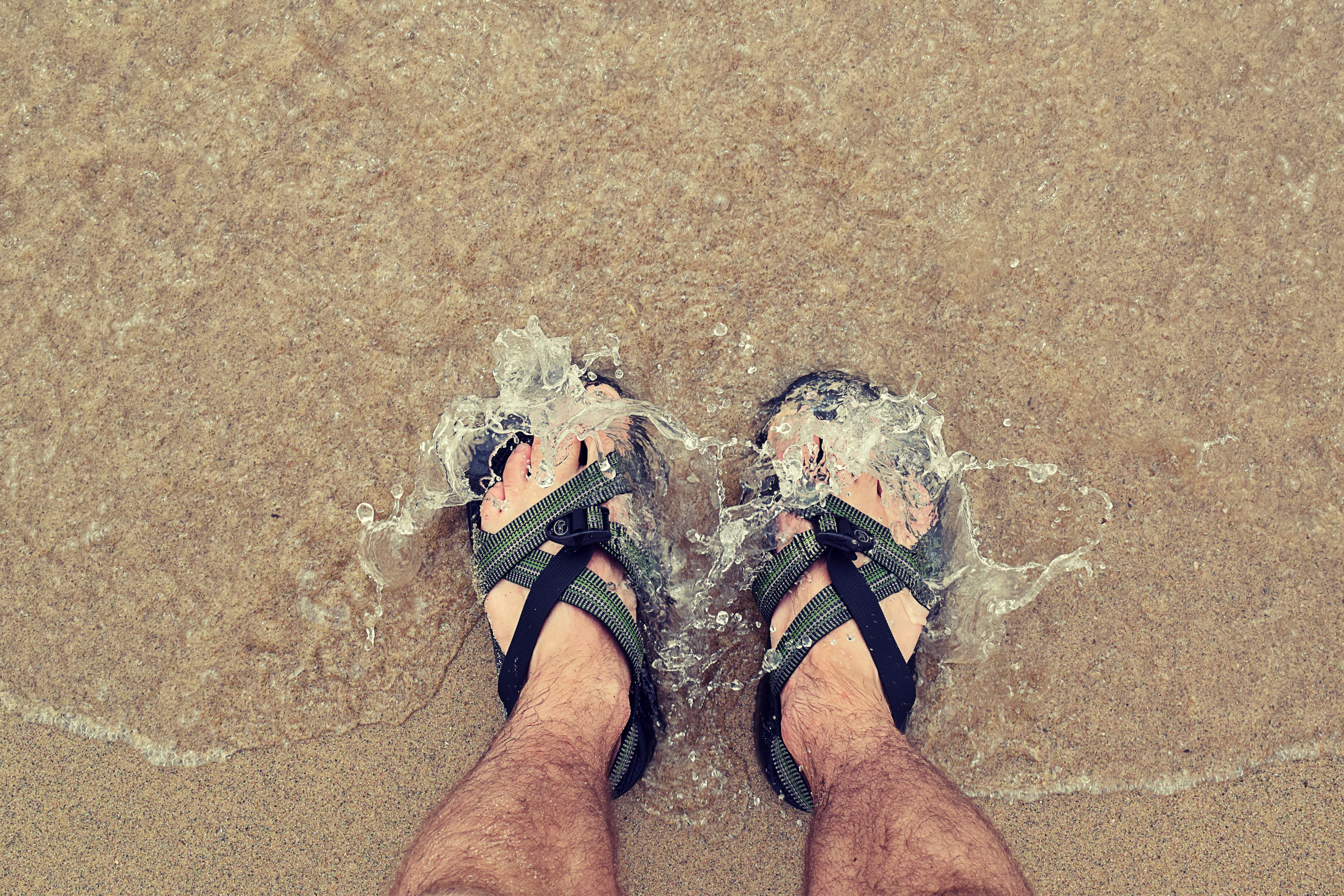
Personally, I wear sandals when I go backpacking and even trail running, but I understand this isn’t the norm. If you plan on wearing sturdy shoes or even boots, having a lightweight pair of shoes for the evenings is a good idea. Your feet are important; they’re the ones making your whole adventure possible, which means you need to take care of them. Let them air out and relax while you’re at camp. Shoes and socks mean sweat, sweat means soft skin, soft skin means blisters. You get the idea. Check out what else you can do in sandals.
7. first aid
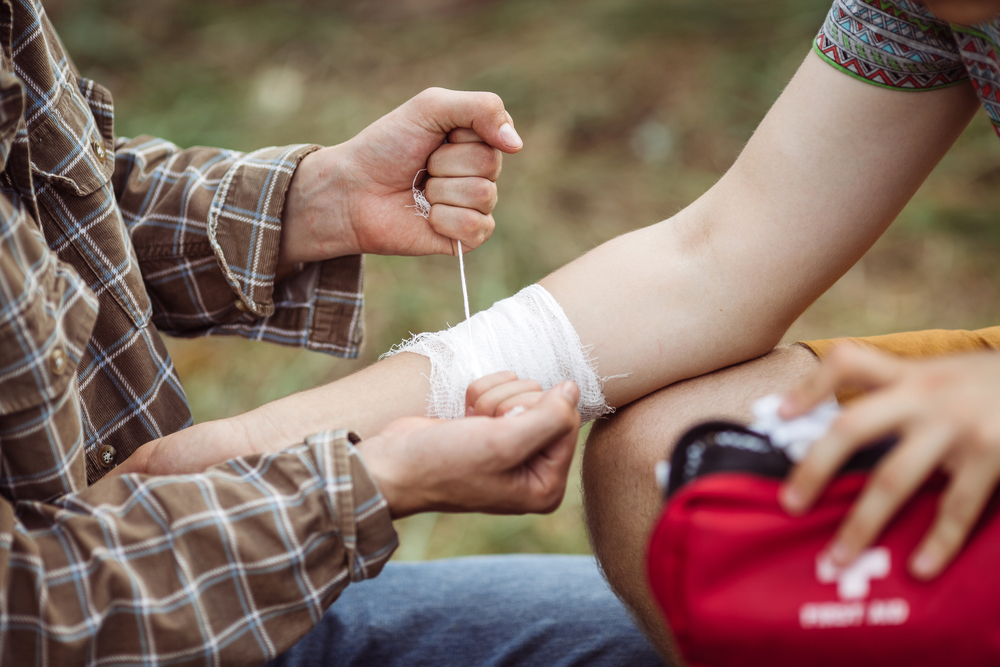
Nature is pretty good at providing you with what you need for small injuries, but it’s always convenient to have a couple bandages and antiseptic with you on your adventures. In my experience, first aid kits tend to be bulky so I usually pack one from scratch. All you need is a few basic bandages, some varying sizes might be a good idea, and a small tube of antibiotic ointment. For bigger cuts, I like superglue. I know, the bottle always says not for medical use, but it works incredibly well.
8. compass
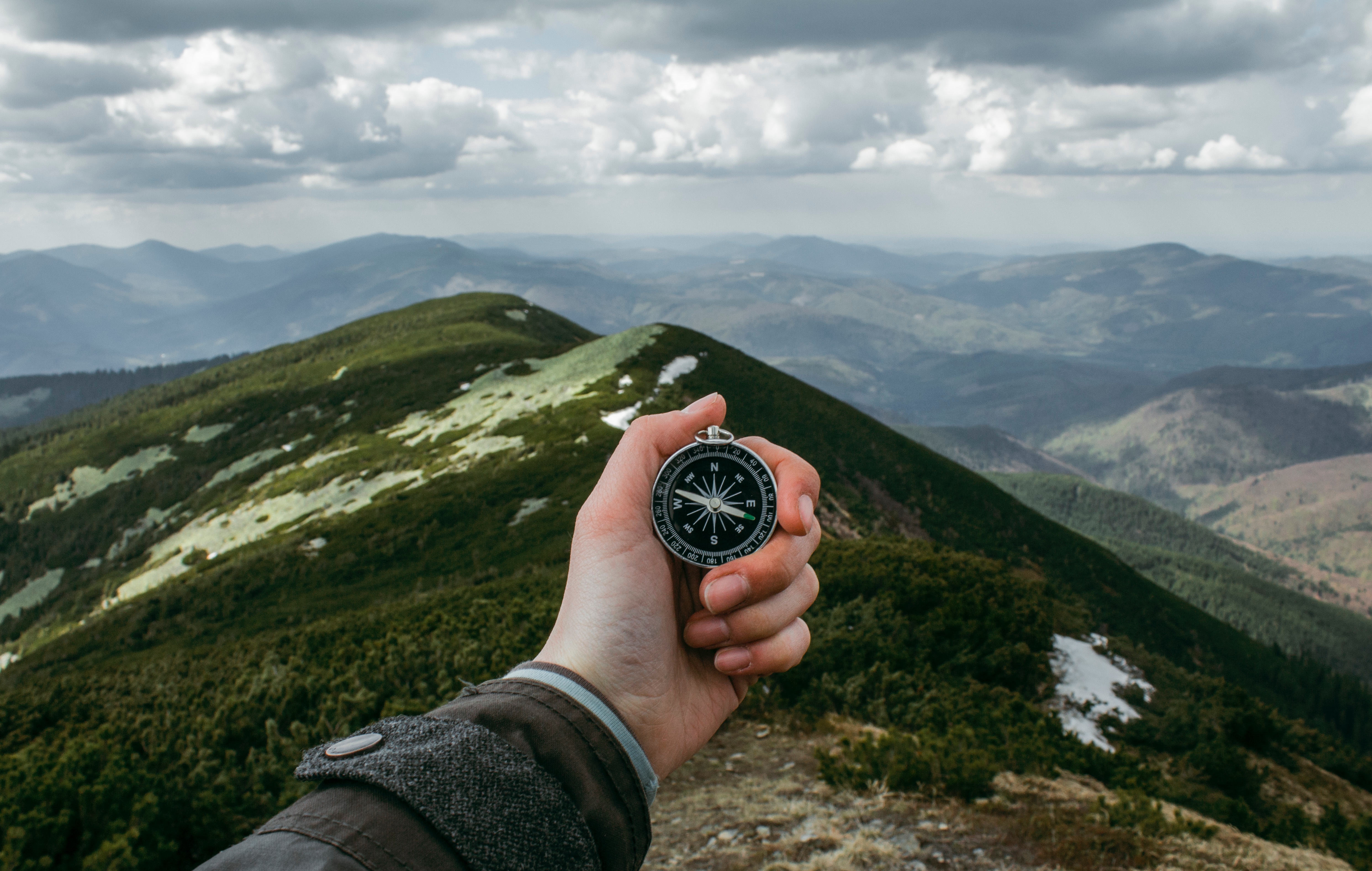
Always bring one of these and understand how to use it. If you have a smartphone you always have a compass, but you don’t always have a way to charge it on the trail. An analog compass is so small that it can literally fit in your pocket, and it can be the difference between life and death. If you’re using trails that aren’t traveled often, it can be easier to get lost than you think. Please, don’t get lost.
The post 8 Easy To Forget Essentials You Need On Your Next Backpacking Trip appeared first on tentree.